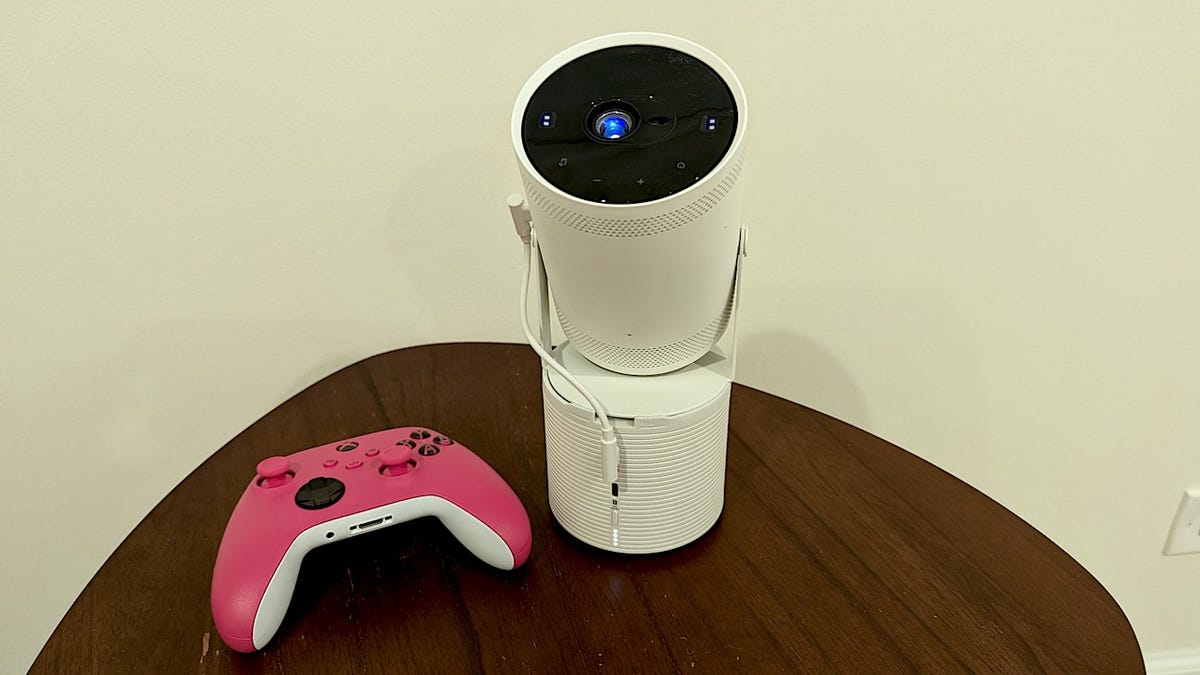BOOK THIS SPACE FOR AD
ARTICLE ADGoogle has announced it is launching a new organization, Open Usage Commons (OUC), to host the trademarks for three of its most important new open-source projects. These are Angular, a web application framework for mobile and desktop; Gerrit, a web-based team code-collaboration tool; and Istio, a popular open mesh platform to connect, manage, and secure microservices.
While it only covers three Google projects, for now, OUC is meant to give open-source projects a neutral, independent home for their project trademarks. The organization will also assist with conformance testing, establishing mark usage guidelines, and handling trademark usage issues. The organization will not provide services that are outside the realm of usage, such as technical mentorship, community management, project events, or project marketing.
In a Protocol interview, Chris DiBona, director of open source for Google and chair of the OUC said, "We're announcing that we're librarians for trademarks." DiBona added, "We're going to be bringing trademarks into the Open Source Definition."
That's news to the Open Source Initiative (OSI), which manages the Open Source Definition. Josh Simmons, the OSI's President, said, "Of course, OSI is always glad when folks explicitly work to maintain compatibility with the Open Source Definition. What that means here is something we're still figuring out, so OSI is taking a wait-and-see approach."
Many people are finding Google's new approach a little puzzling. Trademarks have long been important to open-source companies and organizations. Red Hat, for instance, had to make it clear in 2004 that, while Red Hat has no problems with anyone using its source code, it did have a problem with anyone calling their product by its trademarked "Red Hat" name. As Mark Webbink, then Red Hat's deputy general counsel and secretary, said at the time: "In the open-source economy, it's the Red Hat brand, as well as its service, that carries value."
In another famous open-source trademark example, Mozilla trademarked "Firefox" in 2005 because many bad actors were reselling Firefox maliciously by including it in "Firefox" CD-ROMs that contained malware. While this trademark annoyed other open-source organizations, notably Debian, it served its purpose. Everyone knows that when you see "Firefox" or its trademarked logo, it's Mozilla's Firefox.
As a result, most open-source projects already trademark their names and logos. This often means, following Mozilla and Red Hat's example, these branding elements aren't included in a program's source code. It's only included in binaries.
That said, Andrew "Andy" Updegrove, open-source standards and patent expert and founding partner of top-technology law firm Gesmer Updegrove, thinks, "Having an entity like this does make some sense for a certain number of use cases. The most obvious one is an unincorporated OSS project. An amorphous group of individuals can't own a trademark efficiently, so there's no way to protect the project name unless they agree on a singular owner. There are many cases where an individual member has owned a project mark, and that has often led to downstream problems. So simply having a neutral owner is a community good without going any farther than that."
Of course, Google and its projects are hardly "an amorphous group of individuals!" Updegrove also said noted trademarks have usually been achieved by a project "approaching a host, like The Apache Foundation or Linux Foundation and asking them to take over as host. But that usually requires taking the project under the umbrella, and subject to the rules, of that foundation."
So, why isn't Google doing this? The Cloud Native Computing Foundation (CNCF), for example, would be happy to manage Istio.
Updegrove wonders if there's "more to the story than meets the eye." He notes there is one important difference by only handing over the trademarks: "A project that is primarily important to a single vendor and primarily staffed and controlled by developers employed by that employer can continue to exercise effective control while avoiding the market suspicion that might arise if the vendor owned the mark." He suspects Google is doing this "to up the credibility of some of its projects [to the open-source community] while not taking the more extreme step of turning the project over to a foundation in connection with which a new and more independent governance structure is put in place."
Chris Aniszczyk, CTO of the CNCF, suspects the same thing. "Our community members are perplexed that Google has chosen to not contribute the Istio project to the CNCF, but we are happy to help guide them to resubmit their old project proposal from 2017 at any time. In the end, our community remains focused on building and supporting our service mesh projects like Envoy, linkerd, and interoperability efforts like the Service Mesh Interface (SMI). The CNCF will continue to be the center of gravity of cloud-native and service mesh collaboration and innovation."
Aniszczyk isn't the only one who wonders about this move. Chip Childers, executive director of Cloud Foundry, said, "Istio is an increasingly important project for the Cloud Foundry ecosystem. While we respect that Google has taken a step in the direction of making the project more open through the transfer of the Istio trademark, we continue to believe that the priority should be vendor-neutral governance of the project itself."
So, is Google creating the OUC just for its own benefit? Or, will it end up being a useful part of the open-source intellectual property community? We'll have to wait and see how this all ends up.
.png)
 4 years ago
319
4 years ago
319 













 Bengali (Bangladesh) ·
Bengali (Bangladesh) ·  English (United States) ·
English (United States) ·